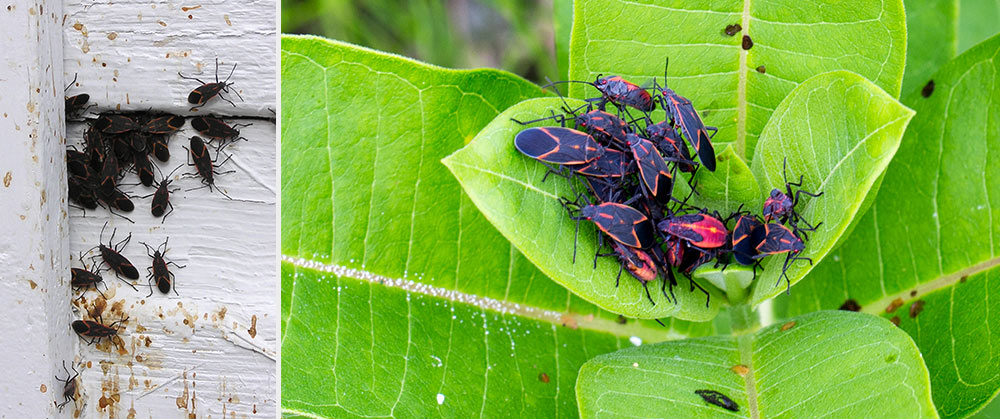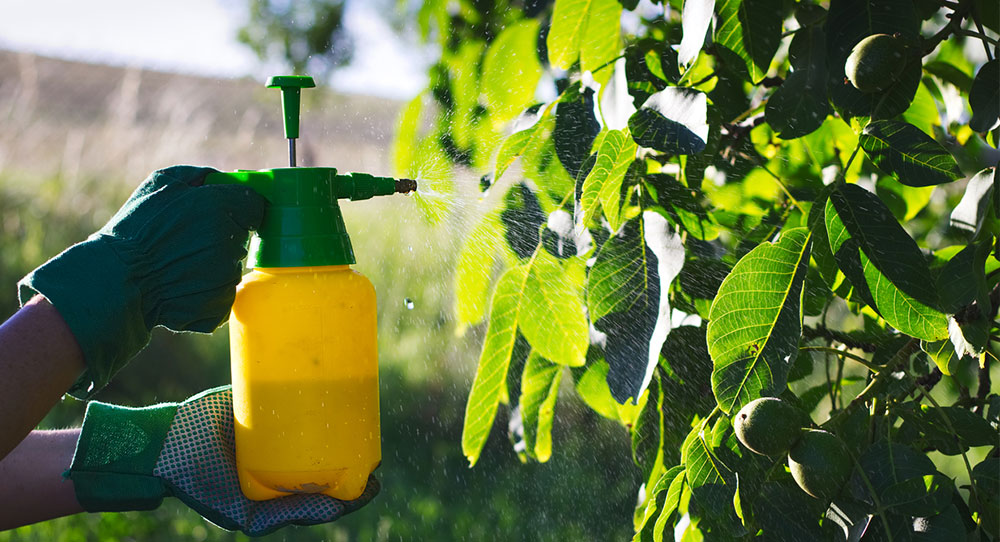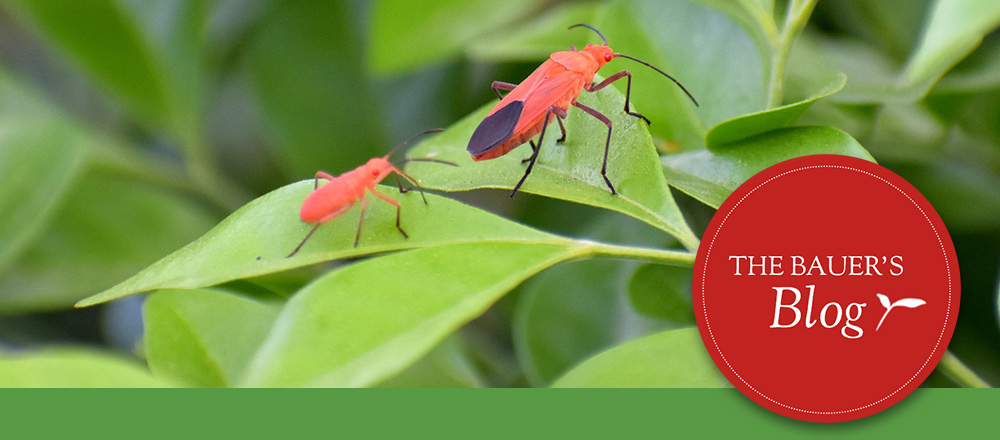After a summer filled with buzzing flies and biting mosquitoes we always relish the cooler months of fall and winter when the bugs aren’t as active. However, when the mercury drops, one bug may end up causing more of a problem in your life than you think.
Red and Black Bugs
Often described as the “red and black bugs”, boxelder bugs are little insects with flat, oval bodies barely ½ an inch long. True to their name they are easily spotted as black with red or orange markings. They are natively found in the Western United States, but can be found all over North America, wherever boxelder trees can be grown; including Minnesota. They might be tiny, but these pests can be more than a small problem in your yard and home.
Life of a Boxelder Bug
As their name implies, boxelder bugs are typically found on or near boxelder trees, but can also be spotted on maples and ash trees, and even on the occasional fruit tree. Like tiny vampires, they suck juices from the trees’ seeds, leaves, flowers, and branches, which can cause them to discolor or distort. While this look is certainly not a favorite for us, it generally won’t hurt the overall health of the tree.
Twice a year in the spring and summer seasons, female boxelder bugs will lay around 200-300 yellow eggs, usually in the bark of female (seed-bearing) boxelder trees, but may also lay them on other trees or shrubs. Over two weeks, these eggs will transform to a red color and then hatch to expose little, red nymph bugs that will soon start feeding.
Once the weather cools, these bugs will move to find shelter to keep them from freezing out in the cold. Unfortunately, this shelter is usually sought in the cracks and crevices – not satisfied with our trees, these pests often find their way into our homes, too.

Boxelder Bugs in the House
In seeking shelter, boxelder bugs will move indoors to live with us over the winter. Typically, they will hide in the walls and attics, away from the hustle and bustle of the household, and go into hibernation.
They are very rarely active during the winter and unless there is a sudden change to warmer weather, you aren’t likely to find them wandering your house. However, in the spring when things do warm up, they often find their way into the living areas of the house, gathering around doors and windows or even houseplants in large numbers. With the warmer weather they make their presence known and can quickly become a nuisance.
They are not harmful or dangerous and very rarely ever bite, leaving only a little red bump behind when they do, but they do leave behind staining red feces and a strong odor when they are crushed. Plus, their sheer numbers alone can be frustrating and overwhelming.
Getting Rid of Boxelder Bugs – In The Yard
As they rarely endanger the life of the tree, needing to treat an infestation on one is rare. However, treating them when they are still in your yard can help to keep them out of your home. Try spraying your affected trees with insecticidal soap or pesticides to keep their numbers down. If you’ve faced infestations before, be sure to apply these treatments to the exterior of your home as well, to discourage migrations indoors for hibernation.
Getting Rid of Boxelder Bugs – At Home
The best tool to getting rid of boxelder bugs in the house is to prevent them from ever getting inside in the first place. As the weather is cooling in the next few weeks, these bugs are looking for their winter home. On top of keeping their numbers down in your yard, be sure to carefully check for any openings, holes, or cracks – no matter how small – that could invite them in and ensure they get sealed immediately. Also make sure your doors are sealed completely from the bottom with a sweep of some kind.

If you’ve already been unfortunate enough to have any of these pesky insects invade your home, there’s sadly very little that can be done. Killing them indoors is very tricky and messy, and can often attract bigger, even more awful bugs into your home. Often, the best advice is to manage the ones you have and prevent them in the future. Seal any openings into your living spaces and wait for them to leave in the spring, ensuring that everything is sealed up and treated to deter them next season. If their numbers are overwhelming, you can also try vacuuming or sweeping them and throwing them out into the cold to freeze.
When facing boxelder bugs, it can often be overwhelming as their vast numbers invade your home through even the tiniest cracks. Don’t lose hope on having a bug-free home again, though. With these tips for dealing with and preventing boxelder bugs from taking over, you can easily overcome even the largest of numbers without worry.







Leave A Comment